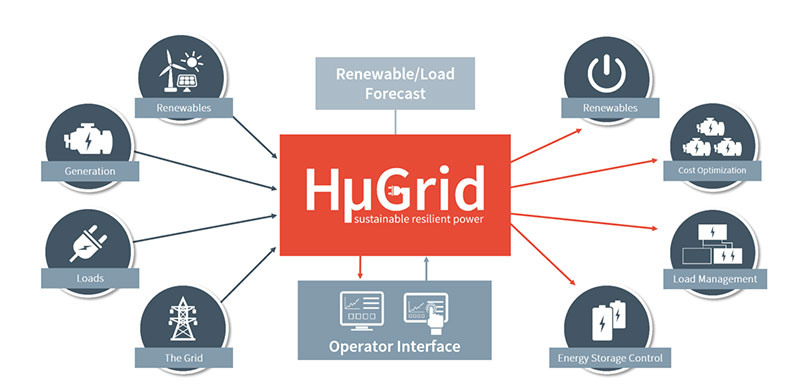Renewable energy is a necessity, not a choice
We are already seeing the consequences of one degree of warming today. We’re experiencing more extreme weather events such as flooding and droughts; increased Arctic snow melt elevating sea levels, which threatens low-lying habitats; and rising ocean temperatures causing acidity and coral bleaching. The list goes on.
Many of the complex ecosystems we rely on are under immense threat, and so are the livelihoods of many vulnerable populations. In 2016, the Paris Climate Agreement secured a commitment by an unprecedented number of countries to cut their greenhouse emissions enough to keep the earth’s temperature rise well below 2.0 degrees. But in spite of great progress by many, at the current reduction rate, this goal will not be achieved.
The Intergovernmental Panel on Climate Change (IPCC) concludes that limiting temperature rise to just 1.5°C will require rapid, far-reaching, and unprecedented changes in all aspects of society. Global human-caused CO2 emissions need to fall by 45 percent by 2030 and reach net-zero by 2050. If we don’t make these drastic changes, we may find ourselves beyond the point of no return.
Four steps to achieve net-zero carbon emissions
1. Energy efficiency
This is the low-hanging fruit that can be implemented at a much lower cost than alternative power. With the new technology and information available to us in the digital era, it is now possible to reduce the energy intensity of plants, buildings, and transportation; to lower energy costs, and cut emissions by improving the operating performance of these assets. Energy efficiency is key to achieving our objective.
2. Hybrid power
Renewable energy needs to become a mainstay of our power infrastructure, and hybrid power solutions are an important step forward. Clean alternatives like wind and solar power can be integrated with fossil-fuel generators. Energy storage brings together the different power systems to provide reliable, resilient electricity supply. It is a key component necessary to move to a diesel-off operation. This hybrid approach is particularly useful for remote communities and industrial facilities that are looking to reduce their reliance on conventional fossil fuels.
A shift to hybrid power yields lower-cost energy and decreases both price volatility and the environmental risks of transporting and combusting fossil fuels.
3. Microgrid integration
A key enabling component of a successful hybrid-power approach is integrating the generation sources as a “microgrid.” A key tool to enable this integration is a fast-response microgrid controller, such as Hatch’s HμGrid. This is an intelligent piece of software that operates in real time to monitor and control generation assets. When paired with energy storage, this kind of controller can be programmed to maximize the overall use of renewable energy that’s available. Even when the wind and solar power sources are highly variable, the microgrid controller can level fluctuations in electrical current that often cause problems when combining power from different sources.

4. Alternative vehicles
Alternative vehicle powertrains offer a very important way to reduce dependency on diesel or gasoline, because they allow us to leverage more local and sustainable options like biofuels, synthetic natural gas, electrolytic hydrogen, and electricity.
Electric vehicles, like cars, buses, trains, and trucks, are a natural extension of an electrical grid. They can act as mobile energy-storage devices, drawing or feeding energy to stabilize electrical grids. They can also be charged during off-peak periods. In underground mining, electric hauling trucks maximize the use of renewable energy and reduce the need for expensive-to-transport diesel, while cutting major emissions. They also reduce the need for costly ventilation and cooling underground.
These alternative vehicles significantly decarbonize the transportation sector, which is responsible for nearly 50 percent of the world’s greenhouse-gas emissions.
Working with the right partner
If industry is going to be ready to transition towards net-zero carbon emissions by 2050, working with the right partner will be an important success factor.
Companies should look for deep technical expertise, as well as specific industry experience across the entire value chain, from feasibility studies and engineering and investment structuring, to procurement, implementation, and review.
Working with a firm that can provide a well-managed end-to-end solution is a better way forward than stitching together components that are developed and executed separately.
Given the urgency of our climate targets and the environmental and economic threats we’re already facing today, we need to act now. We have the tools and technology. Let’s get started.
For a more detailed evaluation of the state of energy storage and how it stands to revolutionize the way we think about energy provision, download our white paper, Energy Storage.
